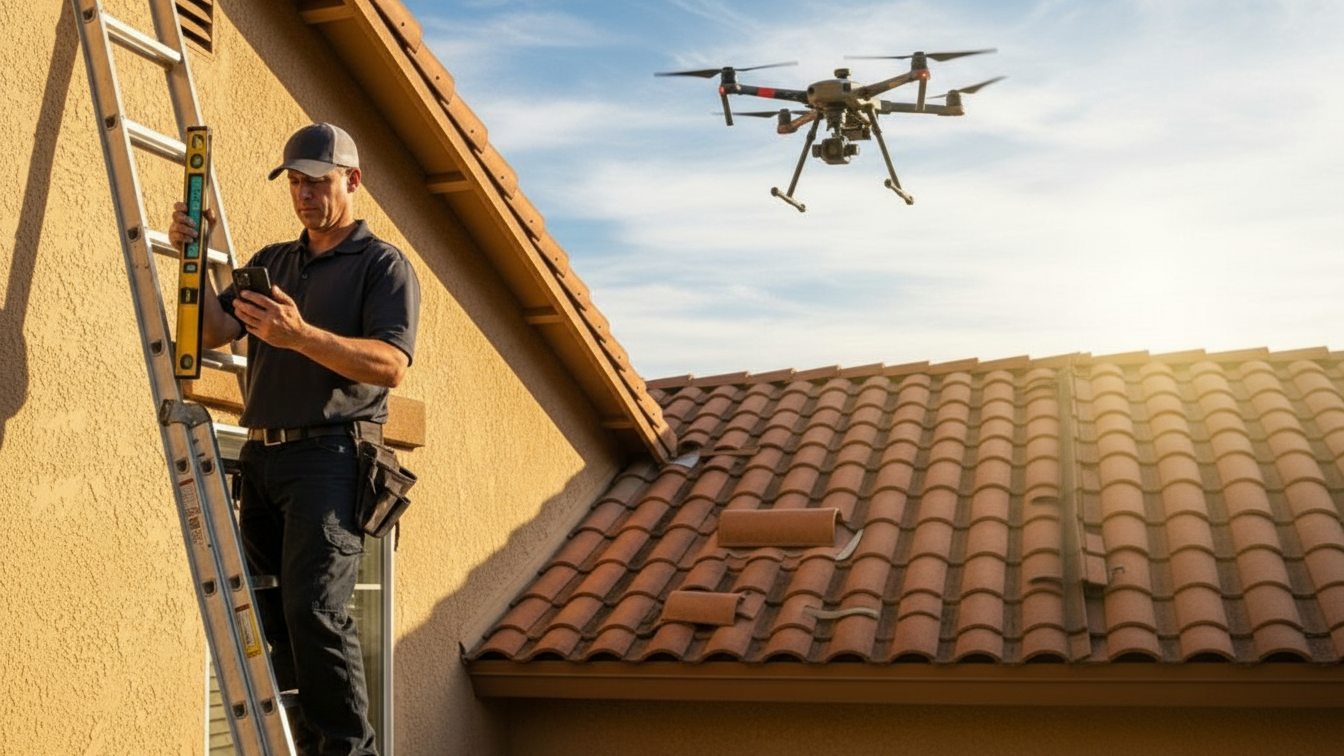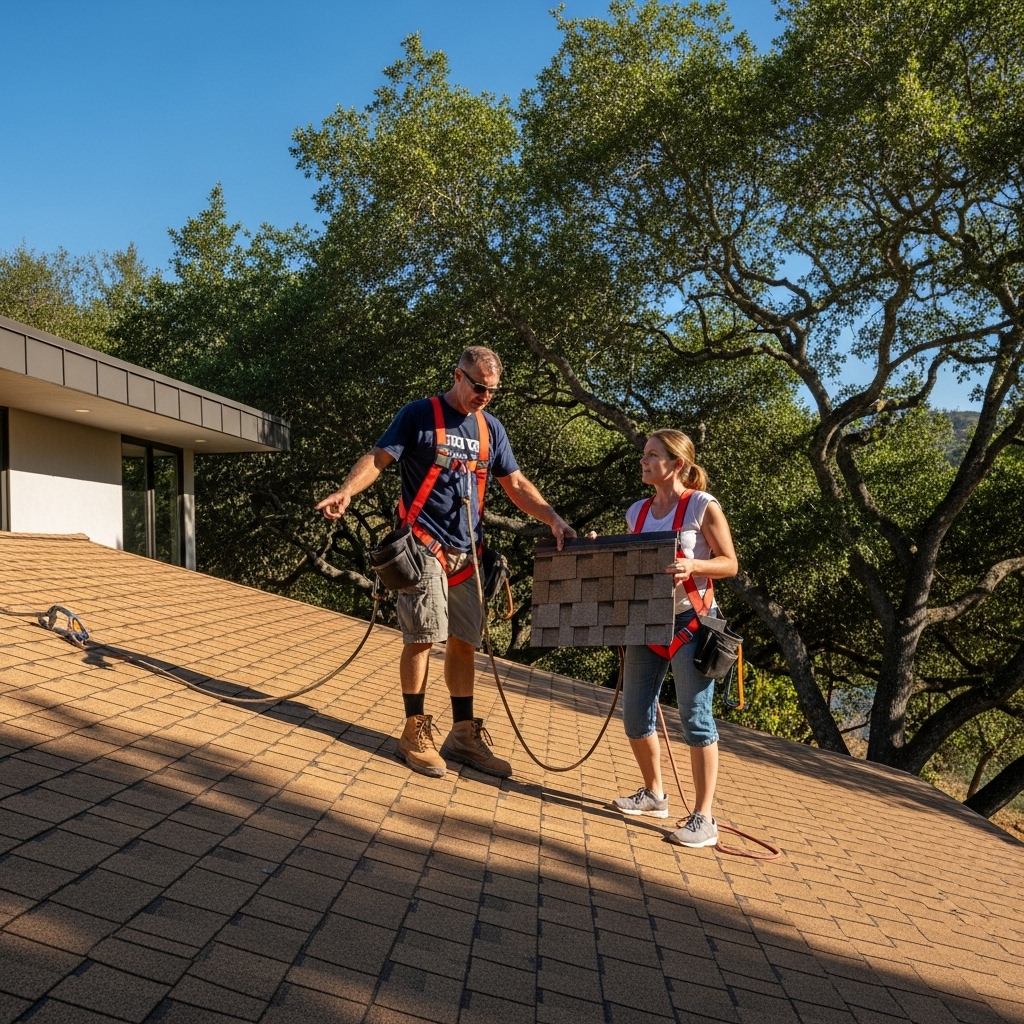Understand the Lifespan of Your Roof
Knowing how long your current roof is expected to last is the first step in planning for a roofing replacement. Different materials have different lifespans, with asphalt shingles lasting around 20 years and metal roofing reaching up to 50 years. If your roof is nearing the end of its lifespan, it’s time to start considering your options.
Choose the Right Roofing Material
Selecting the appropriate material for your roofing replacement project can impact both performance and aesthetics. Consider climate, budget, and architectural style when choosing between options like asphalt, metal, tile, or wood shingles. Each has its pros and cons, so be sure to consult with a professional.
Hire a Licensed and Insured Contractor
A roofing replacement is a major investment, and hiring the right contractor is crucial. Always check for licensing, insurance, and reviews. A reputable contractor will also offer warranties on both materials and labor, giving you peace of mind.
Budget for the Unexpected
Unforeseen issues like rotted decking or structural damage can add to the overall cost of your roofing replacement. It’s wise to include a contingency fund in your budget so you’re not caught off guard. Planning ahead helps avoid delays and stress during the process.
Prioritize Energy Efficiency
Modern roofing replacement options often come with energy-efficient materials that can reduce heating and cooling costs. Look for products with high insulation ratings or reflective surfaces to improve your home’s efficiency and comfort year-round.
Schedule Regular Roof Maintenance
After your roofing replacement is complete, maintenance is key to longevity. Regular inspections, cleaning, and minor repairs can prevent major issues and extend the life of your new roof.
Read More:






